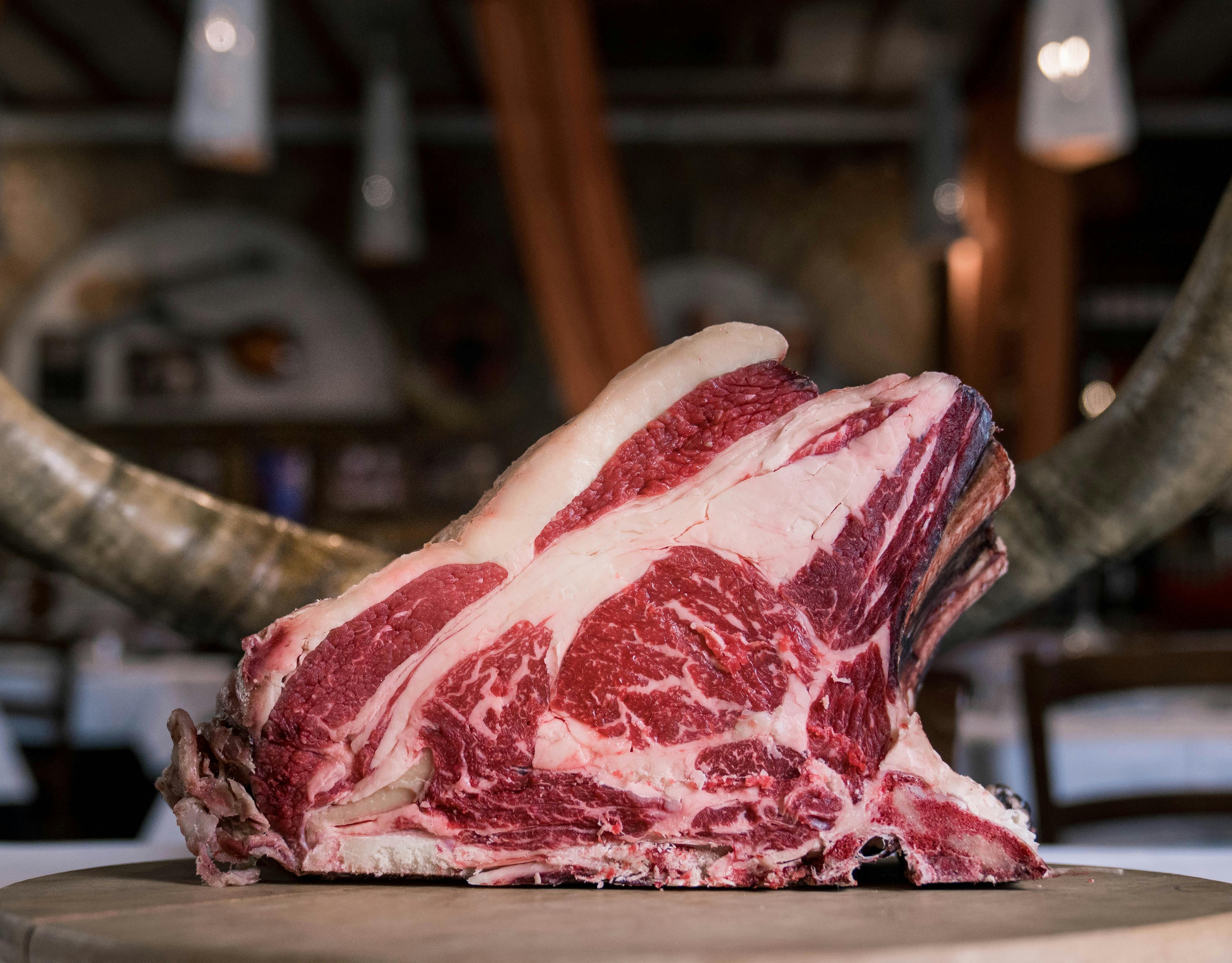
Smart Ways to Blur a Picture for Improved Visual Appeal
In an age where visual content dominates social media and online platforms, the art of photography is constantly evolving. One compelling technique that can significantly enhance your images is blurring. Blurring can create a soft focus effect, draw attention to the main subject, or even evoke a particular emotion in the viewer. In this guide, we will delve into various methods of how to blur a picture, along with practical tips and creative techniques to achieve striking results.
Utilizing image blurring techniques can not only elevate the aesthetic appeal of your photos but also improve viewer engagement. Whether you are a budding photographer or a seasoned expert, mastering blur effects in photography can significantly expand your toolkit. With the right tools, you can apply different blur effects and transform your images into stunning visuals. Let’s explore the different facets of photo editing blur techniques and how you can incorporate them into your work.
We’ll cover essential applications: from Gaussian blur to motion blur, and the specifics of using software like Photoshop and mobile apps. You’ll learn the steps to blur a picture effectively and discover creative ways to enhance your storytelling through blurred effects.
By the end of this article, you’ll be equipped with the knowledge to apply blur techniques skillfully, making your images more captivating. Let’s get started!
Understanding Image Blurring Techniques
To embrace the concept of how to blur a picture, it is crucial to comprehend the different image blurring techniques available. These can include Gaussian blur, motion blur, and lens blur, each serving distinct artistic purposes.
Gaussian blur is widely regarded as one of the most common methods in digital photo blurring. It applies a soft-focus effect to the image, creating a smooth and visually appealing look. This effect is particularly useful in portraits to soften sharp features, enhancing the overall impression without losing detail. You can easily apply Gaussian blur in photo editing software like Photoshop.
Motion blur, conversely, captures the sensation of movement within a photograph. This technique can effectively communicate dynamism and allows viewers to feel the energy of the moment. For instance, sports photography often employs motion blur to emphasize speed and action.
Lens blur can emulate the focus effects achieved with a camera lens. By applying this technique, you can create depth in images and separate subjects from their background, achieving a professional look. Understanding each technique not only allows for greater creative freedom but also aids in practical execution.
Once you grasp these techniques, you can then experiment with layering various effects to enhance the emotional depth of your compositions. This naturally leads us to discussing specific applications of these techniques in photo editing software and mobile apps.
Applying Blur Effects in Photoshop
Photoshop is a powerful tool that offers a range of options for applying blur effects. The blur tool in Photoshop can be manipulated significantly, allowing for precise control over how and where the blur is applied. Here are the steps for effectively using this tool.
1. Open your image in Photoshop. Select the blur tool from the toolbar on the left. Adjust the brush settings according to your requirement, such as size and strength, to control the intensity of the blur.
2. Gently brush over the areas you wish to soften. You can layer the effect for a more nuanced result. Remember to apply less strength to retain some detail in the blurred regions.
3. To achieve depth of field blur, duplicate your layer, apply a Gaussian blur to the new layer, and mask to reveal your sharp subject beneath.
Using the lens blur option offers another layer of customization. It simulates how a camera lens blurs backgrounds, making your focal points really pop, especially in portrait photography.
These practical techniques not only enhance your images but animate them with emotional resonance, allowing for deeper storytelling. As we transition to discussing online tools for photo blur, consider how these applications can simplify your editing process.

Online Tools for Image Blurring
For those who may not have access to advanced software like Photoshop, several online image blurring tools can simplify the process without compromising on quality. Website tools often provide a user-friendly interface, making it easy for beginners to apply blur effects.
One of the most popular online image blurring tools is Fotor, which offers a simple interface where you can load your image and apply various blur effects, including portrait blur and background blur. Another option is PineTools, which is particularly user-friendly, allowing users to quickly adjust the blur level and apply it to specific areas of their photos. These online tools cater to different artistic needs and practical effects.
Using these resources, you can experiment with depth of field blur effects and artistic approaches without requiring extensive technical knowledge. These tools are especially beneficial for quick edits or casual users looking to enhance their images in seconds.
Creative blurring techniques emphasize the importance of avoiding distractions within a photo. By utilizing blur effectively, you can lead the viewer’s focus to the subject, creating a more harmonious visual narrative.
Moving forward, let’s explore specific mobile apps for blurring that bring sophisticated editing capabilities directly to your smartphone.
Mobile Apps for Blurring Images
In today’s smartphone era, several mobile apps provide excellent solutions for blurring images on-the-go. Apps like Snapseed, AfterFocus, and Blur Photo Editor have simplified the process, making it accessible for all users.
Snapseed, for instance, is a popular photo editor developed by Google that offers numerous functions, including a brushes feature. You can easily apply selective blurs while maintaining the sharpness of your subject using their detailed control options.
AfterFocus allows you to apply professional blur effects by letting you select specific areas of your picture for softening. It also features a background blur tutorial, helping users achieve stunning depth-of-field effects similar to those performed with expensive DSLR cameras.
Blindfolded by creativity? Don't worry, a photo editor for blurring enables individuals to explore their artistic talents, enhancing images creatively through simple mobile interfaces.
The convenience of mobile apps means you can apply artistic photo blur techniques anytime, anywhere, instantly transforming everyday photos into masterpieces. With these mobile options covered, let's examine common mistakes people often make when applying blur effects.

Avoiding Common Mistakes in Blurring
When applying blur effects, it is crucial to be mindful of common pitfalls that can undermine your intended aesthetic. One typical mistake is overdoing the blur effect; applying excessive blur can lead to loss of important details and potentially confuse viewers regarding the subject’s focus.
Another common error lies in the inconsistent use of depth of field. Blur should complement your subject rather than overwhelm or obscure it. Striking a balance is key; blurring a background should enhance the subject, and knowing how to integrate blurring techniques varies with different styles of photography.
Furthermore, poor application of the blur tool can create unnatural lines and jagged edges, often detracting from the intended effect. To avoid this, consider following practical tips for blurring images: applying the blur gradually, refining it through layers, and observing how audiences interact with your images.
Emotional impact and storytelling through images are essential; thus, your approach to blurring should remain intentional and thought out. By focusing on understanding photo blur, you can refine your approach to achieve desired results.
In conclusion, mastering image blurring techniques can profoundly enrich your photography, enhancing both aesthetic appeal and spontaneous expression in your photos. With the knowledge of application methods, common mistakes, and creative blurring techniques, you are now equipped to elevate your images.
Q&A Section
Here are some common inquiries regarding blurring techniques in photography:
1. What is the best method to achieve a blurred background?
The best method is to play with depth of field. Utilizing a wider aperture on your camera creates a natural blur effect in the background, focusing more on your subject. You can also enhance this further during editing using techniques like Gaussian blur.
2. Can blur be used creatively in professional photography?
Absolutely! Blurring enhances composition, controls focus, and conveys emotion, allowing photographers to tell a story effectively. Many professionals leverage creative blur techniques to create visually stunning pieces.
3. Are there any risks associated with excessive blurring?
Excessive blurring can compromise the integrity of an image, leading to viewer confusion regarding the subject. Moderation is key, and finding balance will help maintain focus on your subject while enhancing overall aesthetic.
In summary, understanding and implementing varied blurring techniques can tremendously enhance photography's visual impact while engaging audiences effectively.